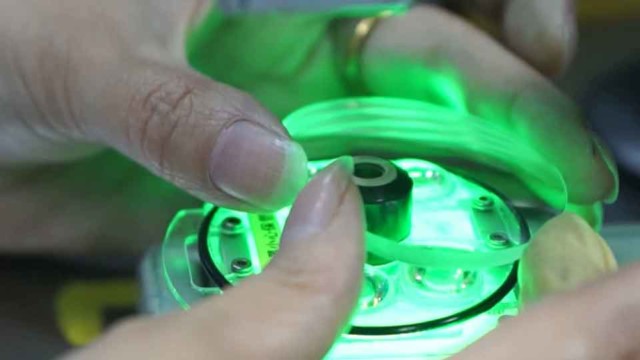The “Made in China 2025” initiative hopes to use innovative ideas and technology to upgrade manufacturing quality and standards.
CGTN’s Ge Yunfei took a look at how the strategy is working so far.
Over the past two decades, China’s huge population of skilled workers with cheap labor costs polished glass lenses, sewed stuffed toys, and made protective cellphone cases, propelling the country to become the world’s factory.
But the situation took a turn, with Chinese manufacturers suddenly finding themselves lagging behind market demand and their global competitors.
“In early 2015, we signed around 20 big deals. But by the end of that year, lots of clients had canceled orders and we only had 3 orders left,” according to Huang He, general manager of Janus Precision Manufacturing. “We knew we had a big problem.”
Robots and automated machines were introduced to factories on a massive scale. In the Chinese factory of Carl Zeiss, robots reduced the cost per lens to the lowest of all the Zeiss factories in the world.
Some firms even took it a step further, building unmanned factory boasting 160 automated machines and no workers.
“The whole manufacturing process is connected on the cloud. Now we can monitor all the real-time statistics and the situation inside the factory,” Huang said.
This is a new type of industrialization China is going through, and experts say the final result is vital to whether China can keep its economic prosperity in the following decades.
In 2015, the government issued the “Made in China 2025” strategy, encouraging intelligent manufacturing. Later that year, President Xi Jinping brought forward the idea of “supply-side reform,” vowing to upgrade the country’s manufacturing sector.
“In the past decade, China’s real economy was at a difficult time as many entrepreneurs chose to leave the manufacturing sector for the financial or property sectors,” Professor Liang Qi of Sun Yat-sen University said. “But now the real economy is gradually gaining hope and confidence back.”
 CGTN America
CGTN America
